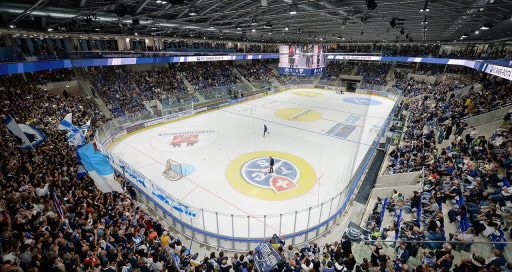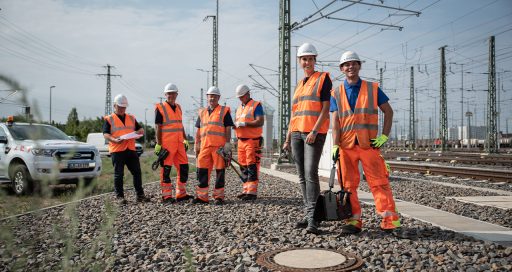Data from high-speed railway infrastructure helps trains to operate more safely in Europe
Reading time: 4 min
Belgium’s railway infrastructure manager Infrabel has appointed Cegelec IMCS to deliver a rail survey verification system. The Hyperion project is set to optimise train safety.![]()
In order to make railway networks and train movements safer, Europe has adopted the European Train Control System (ETCS). Belgium is among the first countries to have put this signalling and speed control standard into practice. ETCS calculates a maximum speed for each train, which is permanently displayed on the driver’s dashboard. If this limit is exceeded, an on-board system takes control of the train to reduce the speed.
The system relies on trackside equipment communicating with a train-borne device. Its high level of reliability depends on the accuracy of the data, which is used to calculate the train’s speed based on its position, instant by instant. That’s why designing an ETCS system for a given route is a critical phase.
“Our data acquisition system goes beyond Infrabel’s prerequisites, which include recording the data with a train travelling at 120 km/h and ensuring accuracy of less than 1 m.”
Belgium’s railway network manager Infrabel has tasked Cegelec IMCS (Industrial Measurers & Control Systems) with delivering a tool to validate the topographical data entered into a train’s on-board computer.
The principle of the so-called Hyperion project is that the system collects data relating to safety features (signalling, control units, switches, etc.), positions it on the rail network map, and compares it with data from the database.
Raphael Van den Bogaert from Cegelec IMCS explains: “The verification system that we’re installing measures the existing infrastructure autonomously in order to compare our data, especially topological data, with the previous measurements taken by the network manager. A report is submitted to Infrabel, which then adapts its latest measurements if necessary.”
Within 10 cm of reality
In order to carry out the baseline topographical survey in accordance with Infrabel’s specifications, Cegelec installed a vision and localisation sensor system on a special train, enabling it to take measurements and conduct relevant surveys. As the train runs on the network, it registers data describing the railway infrastructure. This data is then processed so as to establish a baseline survey for verification.
“Our data acquisition system meets Infrabel’s prerequisites, which include capturing the data with a train travelling at 120 km/h and ensuring accuracy of less than 1 m, the standard for digital signalling. In fact, we do better than this, since we can get to within 10 cm of reality,” says Van den Bogaert.
Meeting both the speed and accuracy requirements represented a challenge. Topography measurements performed by Infrabel are usually taken at 30 km/h. “The network manager set a speed of 120 km/h so as to avoid disrupting traffic during the day, which would involve special authorisations,” continues Van den Bogaert. The outcome is convincing: Hyperion has achieved an identification rate of 99 % in its analysis of the data acquired in the field. It recognises the signals, switches and balises, which send information to the train and signalling panel components. “We completed the survey in three days without the errors inherent in the legacy system where two people monitored a video taken by the train,” he adds.
The Hyperion project delivered by Cegelec IMCS was selected by RailTech Europe for its Innovation Award, in the infrastructure category. The Belgian railway network manager welcomes the innovation, which will “enable Infrabel to respond quickly to infrastructure upgrades when ETCS adjustments are needed,” notes Patrick Buckens from Infrabel.
15/10/2020




